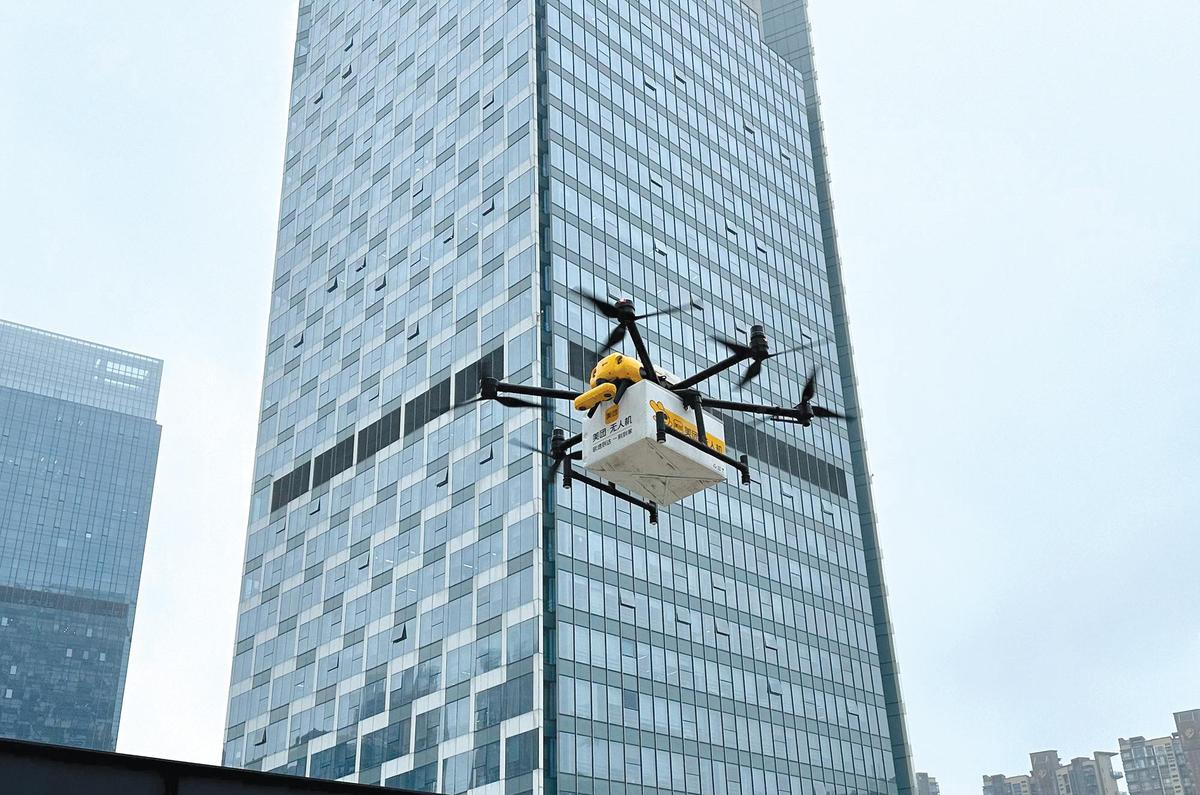Shenzhen goes above and under


Meituan has established 23 delivery routes across some of Shenzhen's busiest commercial areas for the past three years. The delivery giant's ambitious move to leverage the potential of low-altitude airspace coincides with Shenzhen's goal to become a "vertical city".
"China's Silicon Valley", with a population of more than 17.6 million, has joined the ranks of land-starved cities like Hong Kong amid its breakneck pace of economic expansion. In its territorial spatial-master planning blueprint, unveiled in 2021, Shenzhen earmarked 1,190 square kilometers of land, or 59.6 percent of its total land area, for development, while the others would be strictly preserved for ecologic and agricultural use. So far, nearly 82 percent of the land set aside for development has been taken up, and no further space can be released to meet the city's insatiable appetite for land.
This year marks the fifth anniversary of the publication of the Outline Development Plan for the Guangdong-Hong Kong-Macao Greater Bay Area, in which Shenzhen is entrusted to expedite its transformation into "a modern and international city".
To achieve greater development with limited land resources, Shenzhen has set its sights on the sky and underground.
The city enacted the nation's first local legislation last month to promote the low-altitude economy, referring to economic flying activities conducted by manned or unmanned vehicles operating below 1,000 meters. Currently, Shenzhen produces more than 70 percent of the world's consumer drones, and the latest legislation has given the industry a shot in the arm.
- Jiangsu county builds partnerships in Beijing to scale up innovations
- Central authorities voice firm support for verdict on Jimmy Lai
- Ex-teacher gets 18 years for rape, molestation of student
- Beijing to build park near ancient Zhou Dynasty site
- Supreme Court revises judicial interpretation of insider trading
- Workers build giant snowman in Heilongjiang




































